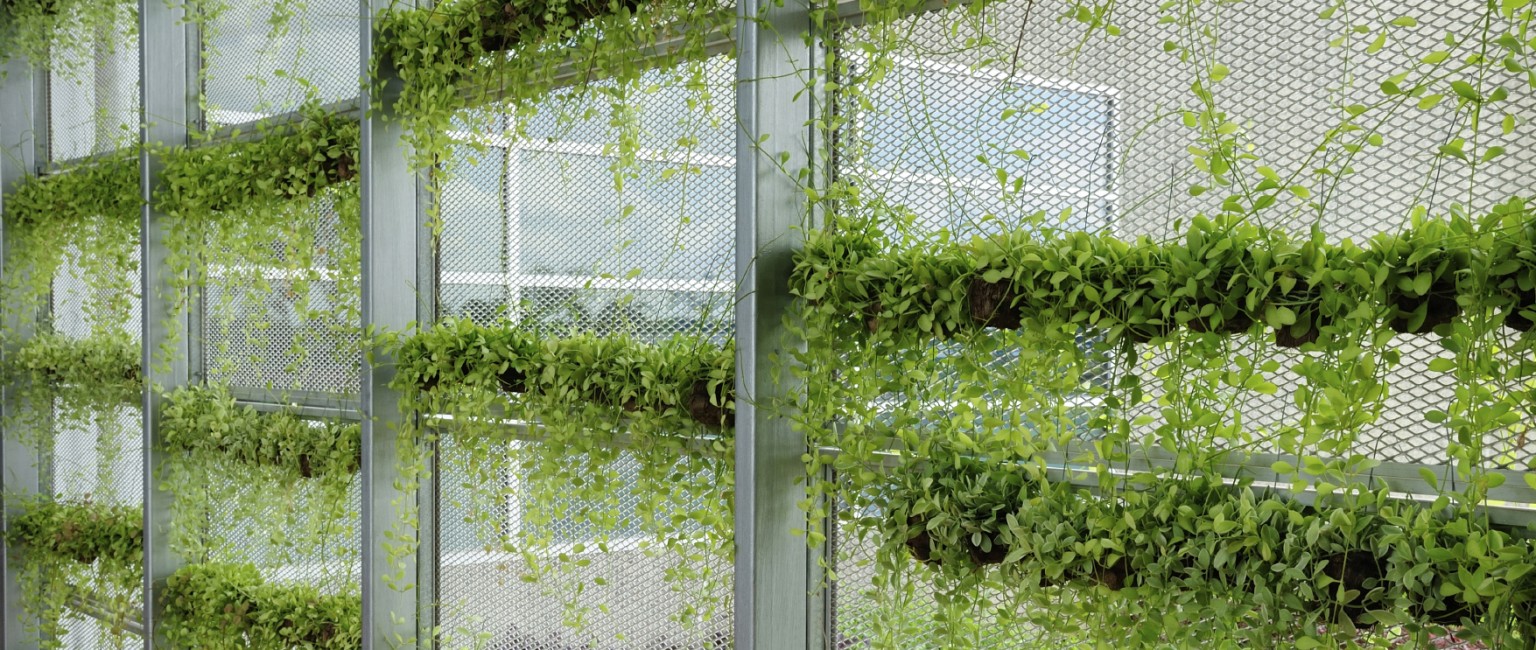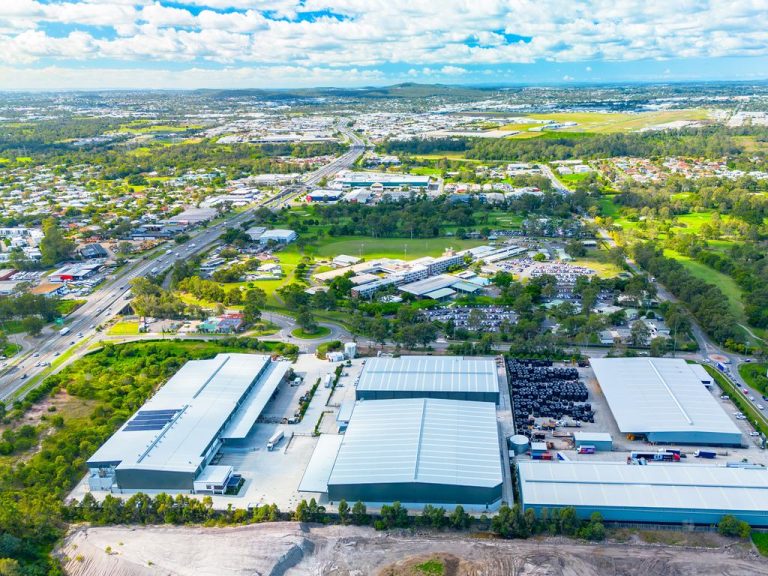Sustainability, the environment & commercial property

As concern continues over the impact of climate change, there is a growing shift in social consciousness and government policy towards the adoption of environmental sustainability, with consequences for commercial property.
In recent years, new Australian regulatory policies have emerged to develop and enforce commercial businesses’ adherence to environmentally sustainable practices.
This change is often met with resistance from commercial property owners due to the perceived high cost of converting or upgrading their pre-existing properties to comply with new standards.
But retrofitting existing commercial properties to make them more sustainable is easier than you might think. Here are some simple strategies you can put in place to make your property more appealing to tenants, while increasing its capital value and lowering its running costs.
Change can be met with resistance from commercial property owners due to the perceived high cost of converting or upgrading their properties.
Lighting
Installing energy efficient light fittings and globes, such as LEDs, can significantly reduce energy consumption and associated costs. While this was considered a costly undertaking some years ago, the increasing popularity of LED lighting technology means it’s now a cost effective exercise.
Strategically positioned skylights can also reduce energy consumption and reliance on artificial lighting, with natural lighting considered favourable for the office environment, not to mention the hip pocket.
Renewable resources
Using renewable technologies is an effective way to reduce reliance on utility companies and avoid unplanned utility increases. Water tanks and greywater systems are increasingly popular among commercial operators that use large volumes of water, with this water used for washing, horticulture and flushing toilets. Waterless urinals are also a popular option to reduce water usage.
Water tanks and greywater systems are increasingly popular among commercial operators.
Solar panel and wind turbine technology are increasingly common as new manufacturing processes lead to more cost-effective production and pricing of the technology. Fitting these devices in your building can give a reliable alternative to traditional energy methods, powering aspects of a commercial building such as lighting.
Improving energy efficiency
A systematic review of a commercial building will often reveal ways the building can be improved to ensure it is operating with maximum energy efficiency.
A building’s climate control is often a major cause of lost efficiency. Ensuring temperatures are balanced, not excessive, and ensuring plant and equipment aren’t running unnecessarily will help improve a building’s energy efficiency and sustainability, as will replacing exiting windows with double-glazed windows, or applying window film to improve building insulation.
Ensuring temperatures are balanced will help improve a building’s energy efficiency and sustainability.
While some commercial property owners may baulk at the cost of integrating some of these methods, viewing installation over a longer period may ensure the process is more realistic.
For example, installing LED lighting as part of the building’s regular maintenance programme, rather than replacing all lighting simultaneously, can result in a more cost effective outcome, with cost energy cost-savings to be realised in the long-term.







